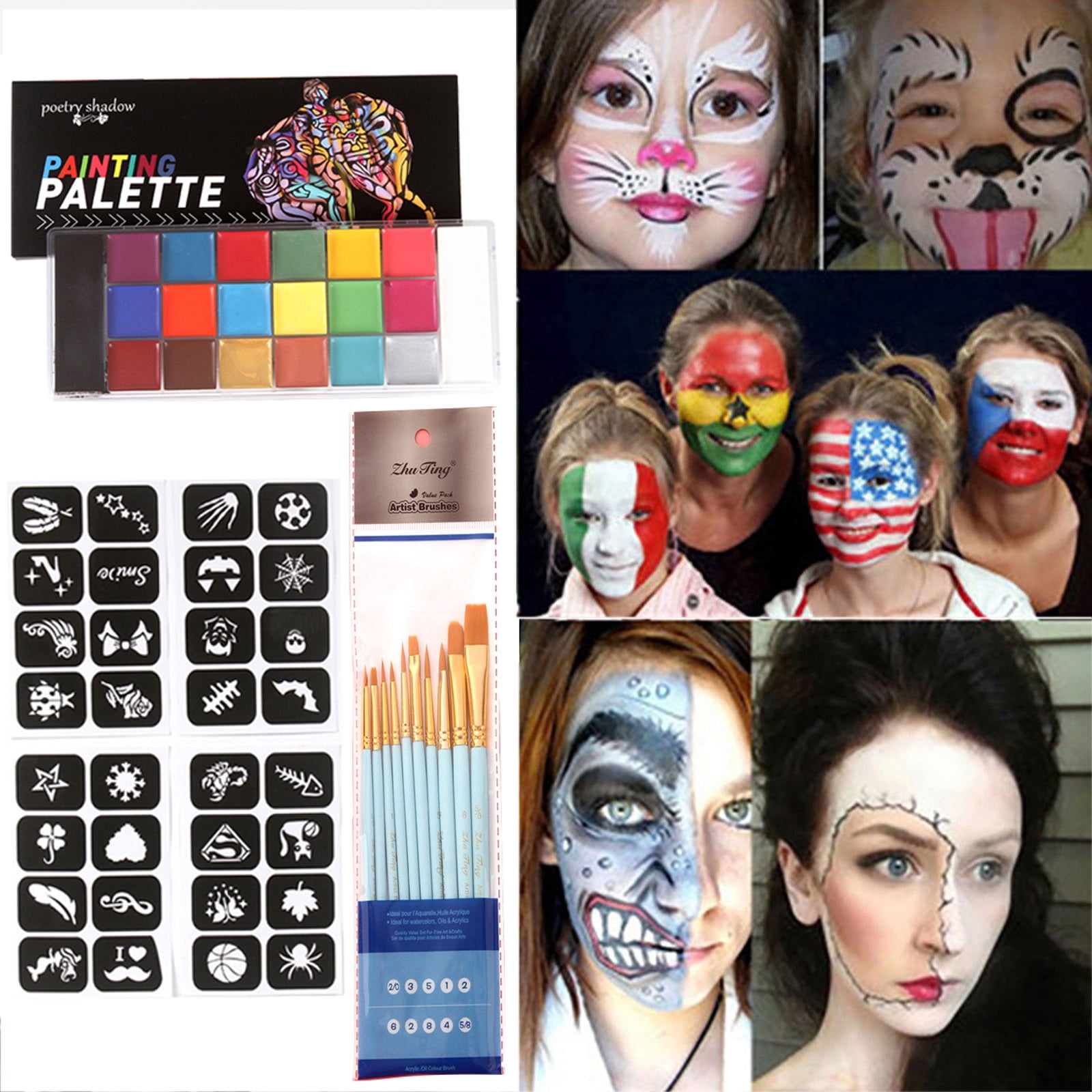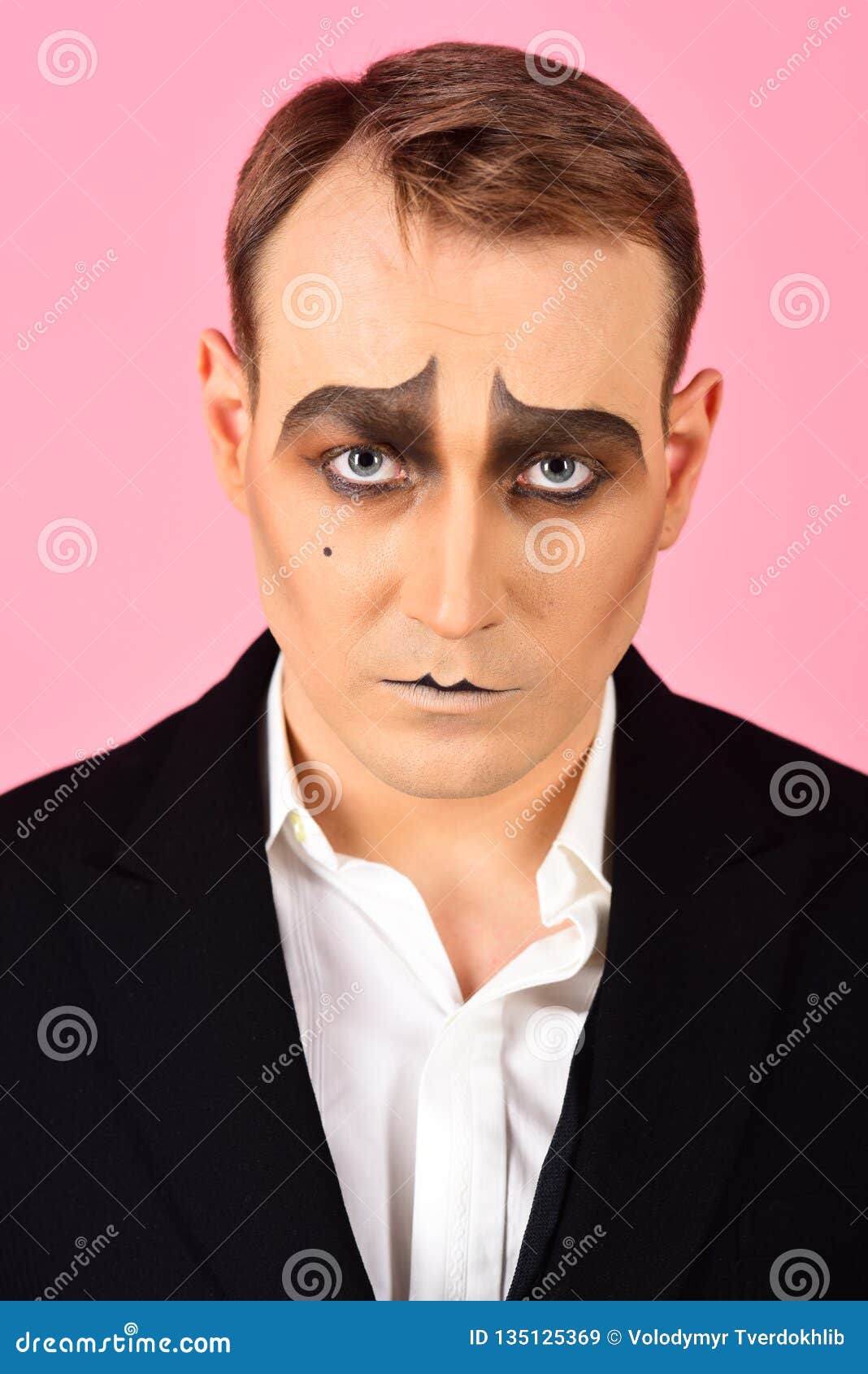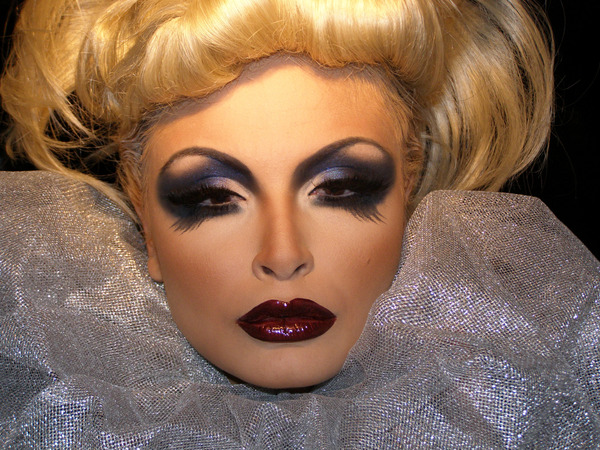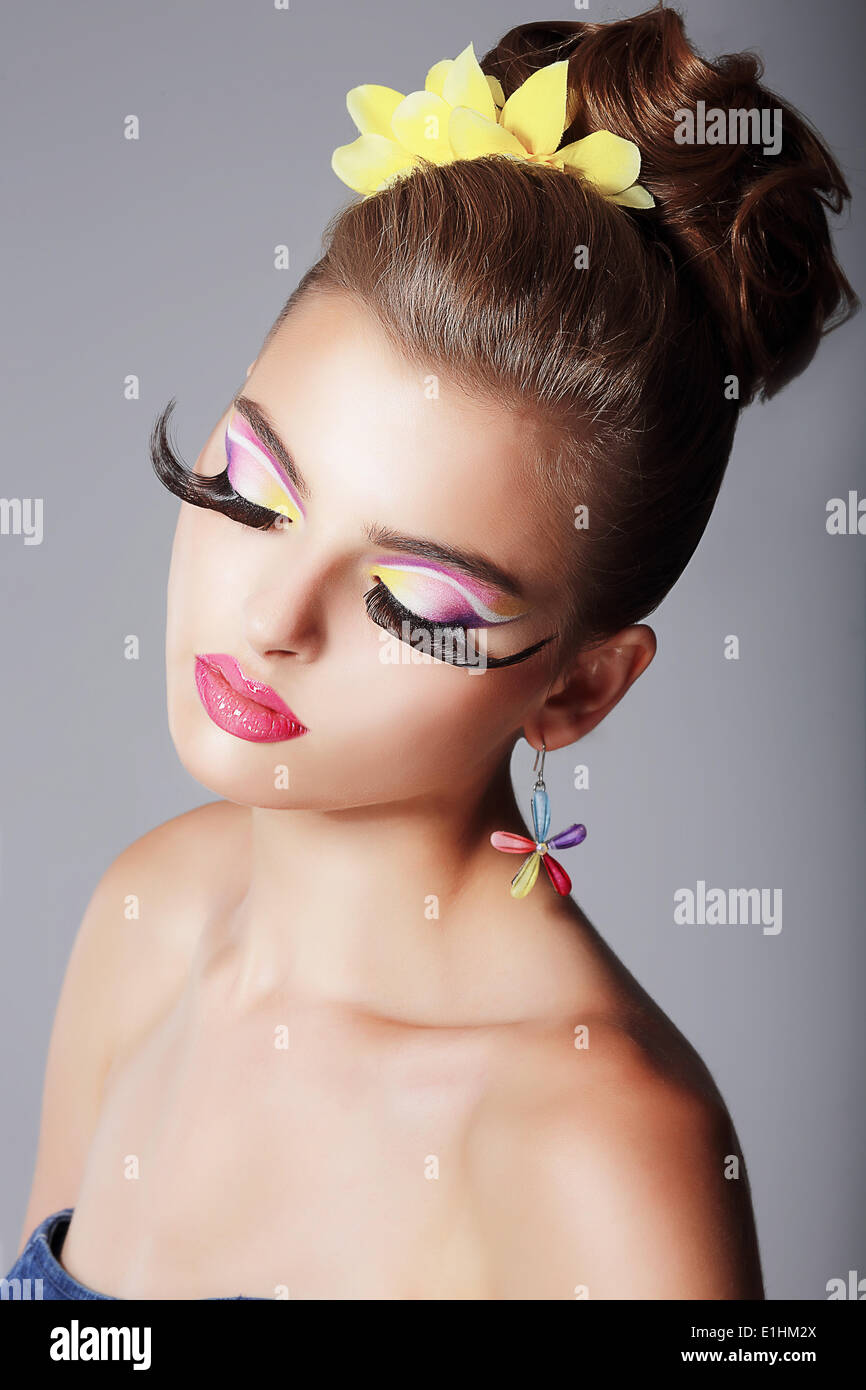Dramatic stage makeup is an essential element of the theatre and performing arts. It helps to enhance the actor's features, create character transformations, and convey emotions to the audience. With the use of makeup, an actor can transform into a completely different person, bringing their character to life in a way that is both believable and captivating.
There are several different types of dramatic stage makeup, including foundation, contouring, highlighting, and special effects makeup. Foundation is used to create a smooth, even base for the rest of the makeup to be applied. Contouring involves using darker shades to create depth and dimension on the face, while highlighting involves using lighter shades to bring attention to certain features. Special effects makeup, also known as SFX makeup, is used to create more extreme transformations, such as scars, burns, and aging.
One of the most important aspects of dramatic stage makeup is the use of color. Color can be used to convey emotion, create a specific atmosphere, and define the character's personality. For example, a character that is meant to be evil or malevolent may be given darker, more sinister makeup, while a character that is meant to be light and cheerful may be given brighter, more colorful makeup.
In addition to color, the application of makeup is also important. An actor's face is their canvas, and the makeup must be applied in a way that is both aesthetically pleasing and functional. This involves blending and shading to create a seamless, cohesive look. It is also important for the makeup to be long-lasting, as it needs to withstand the intensity of the stage lights and the demands of the performance.
Overall, dramatic stage makeup is an essential tool for actors and performers. It helps to bring their characters to life and convey emotions to the audience. Whether it is used to create a subtle transformation or a more extreme one, stage makeup is an integral part of the theatre and performing arts.







